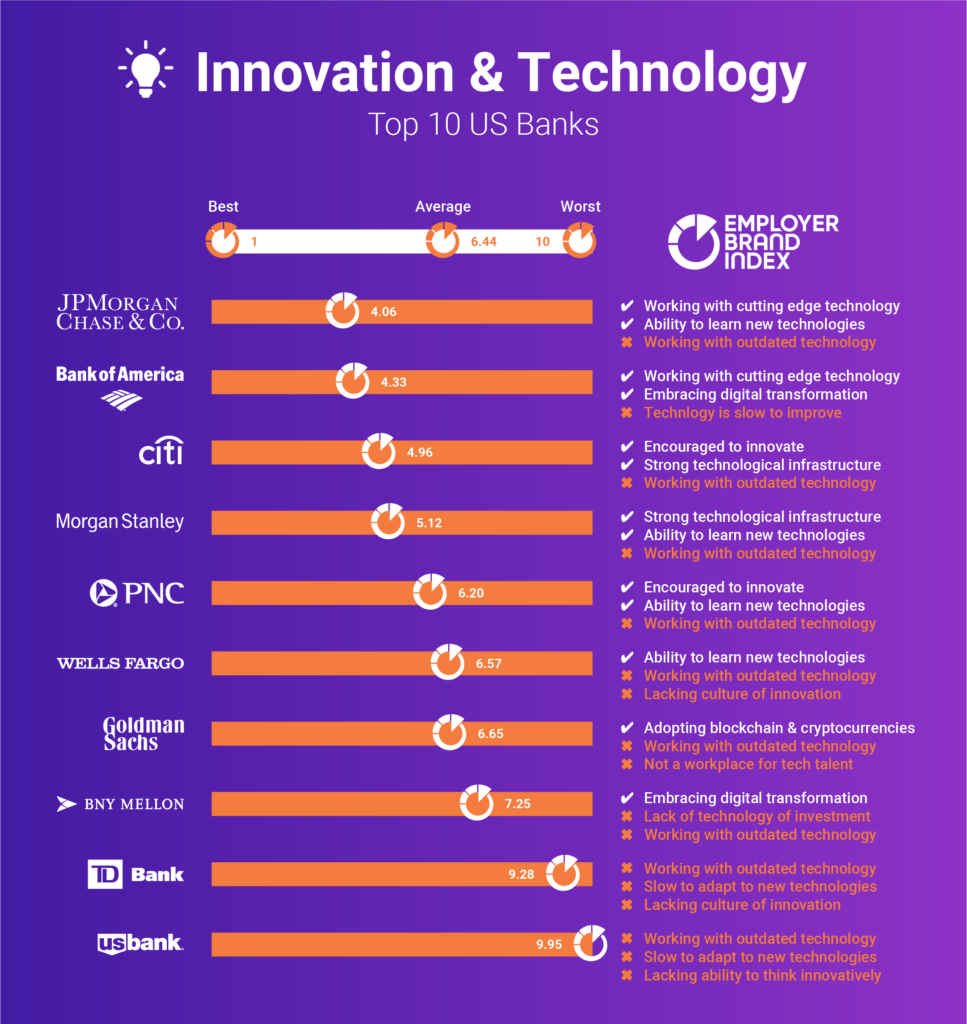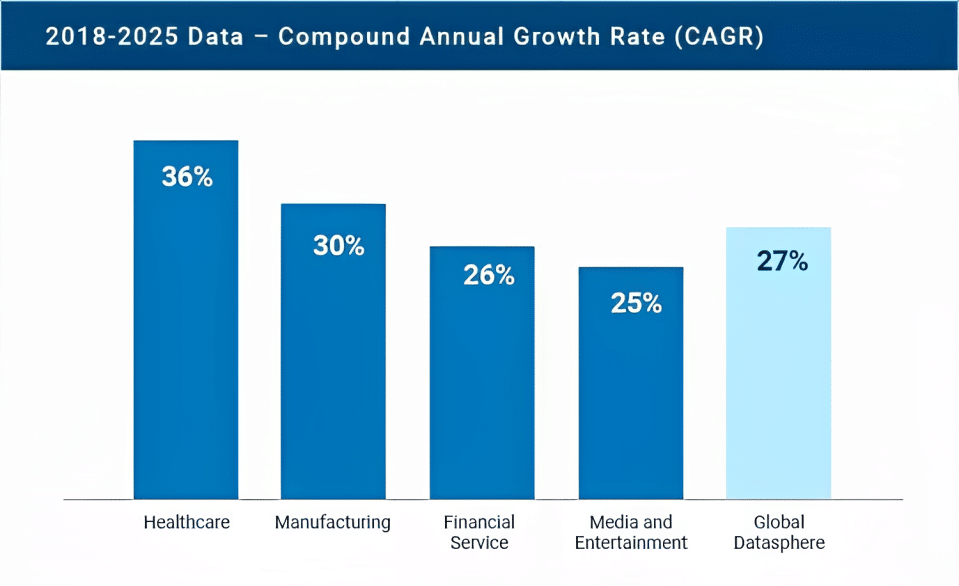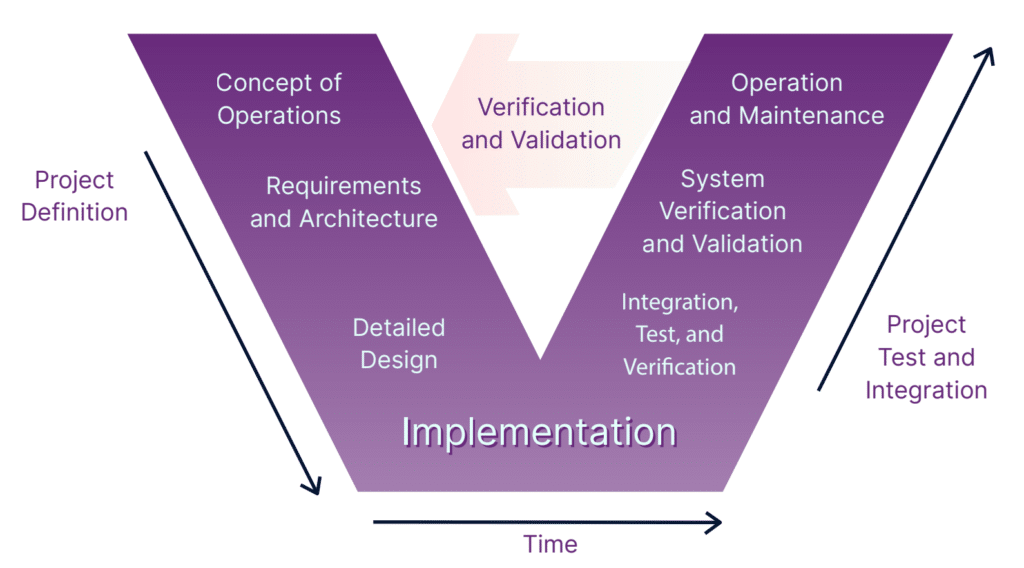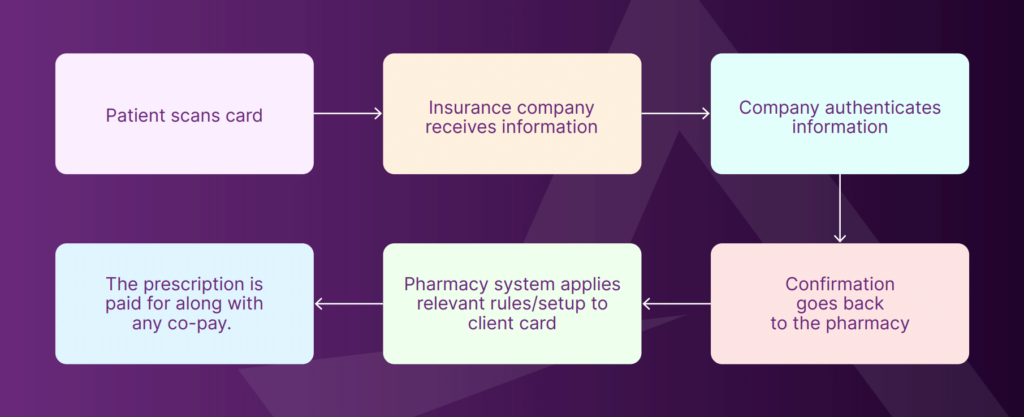
What is BABOK (Business Analysis Body of Knowledge)? A Comprehensive Guide
- Arunabh Satpathy
- March 16, 2023
- 9 minutes
BABOK is a guide to the techniques and vocabulary for the practice of business analysis. It gives business analysts the tools, tricks, and frameworks to do their job with confidence and helps non-BA folks understand and connect with them.
Maintained by the IIBA, the BABOK guide is widely used across most companies with a business analysis component.
BAs typically perform a variety of business analysis tasks, but managing requirements is key among them. Requirements describe the capabilities needed by stakeholders to solve problems, satisfy customers, and meet its financial aims. The BABOK Guide helps BAs identify, categorize, communicate, assess, and manage requirements for the whole organization.
This blog gives you an overview of BABOK and its application in Microsoft Azure DevOps as a requirements management framework.

Body of Knowledge
Understanding BABOK
The BABOK guide is a wide-ranging document with many different activities, but its use differs in different industries. Business Analysts use BABOK to guide their everyday activity of using data to increase efficiency, reduce cost, and meet business goals.
The Importance of the BABOK Guide
The BABOK guide is often recommended as a great starting point for business analysis. While the guide is not prescriptive, some recommend it as standard operating manual for its practice.
It helps provide a common base of communication between different practitioners of the same profession and a standard way to define and judge a BAs skill set. The guide also gives organizations a framework while developing their own business analysis processes.
However, it is also a complex document that is regularly updated. Though it eases the difficulties that BAs face, it does initially add extra workload on an already difficult job.
Though BAs in all industries use BABOK as an organizing guide, they apply it in different ways depending on the industry. Here are examples of how BAs work differently in two different industries:
See how it works:
Ready to streamline your requirements management today?
In Banking
Financial services companies like banks thrive on innovative products and services that serve individuals and fund businesses. To stay competitive in this regulation-heavy industry, they must consistently meet customer requirements. For instance, J.P. Morgan Chase is spending more than $14 billion per year to incorporate AI (Artificial Intelligence) into its products and services. Other companies might be working on personalized portfolio recommendations on a personal banking app.
Both examples show how important innovation is these days in the banking industry.

BAs in the banking industry use BABOK to perform several data-driven activities to ensure new products, latest updates, and old services keep working smoothly. Some of these activities include:
- Evaluating risks to the bank and establishing the creditworthiness of companies and individuals seeking loans or credit.
- Analyzing the finances of the company to ensure it stays profitable and meets business goals.
- Reporting on urgent or pressing matters from a financial perspective.
- Gathering data and analyzing transactions to improve the bank’s productivity or build a picture of its financial future in Agile and non-Agile circumstances.
- Giving advice to internal and external stakeholders on financial projects.
- Producing consistent and reliable results and reports on all projects using a common repository, language, and standards for requirements and artefacts.
Managing requirements effectively in large and complex organizations like banks is difficult without the right set of tools. The BABOK guide is the foundation, but Business Analysts also use requirements management tools to ensure smooth project completion.
For instance, Zions Bank is known for its stability through multiple market crises and its award-winning service. It can only rely on a reliable requirements management system to lower costs, increase productivity, and automate manual functions.
In Healthcare
In a post-COVID world, the importance of efficiency in healthcare has only grown. In a comparison of 11 high-income countries including the United States, researchers identified reducing “administrative burdens that divert time, efforts, and spending from health improvement efforts” as a key feature of great healthcare systems. Like banking, healthcare companies (including medical device manufacturers) must hew to stringent compliance requirements.
Healthcare institutions also handle an astonishing amount of data. Healthcare generates a full 30% of the world’s data volume.

Business analysts play a key role in helping meet healthcare companies’ needs by making sense of enormous amounts of data. The industry is broad, but a typical BA in healthcare may have to perform activities including:
- Extracting meaningful insights and making decisions from data.
- Balancing business challenges and healthcare needs.
- Creating and implementing cost-saving strategies.
- Identifying requirements and understanding the needs and expectations of stakeholders.
- Developing business plans, budgets, and financial forecasts based on trends and patterns.
- Conducting relationships with key stakeholders like customers, suppliers, hospitals, and government agencies
- Contributing to product development through market analysis, product launches, and sales estimates.
- Ensuring strict compliance with medical laws like HIPAA in all activities.
With software now a big part of every business, some healthcare companies have adopted the V-model of systems development.

But with archaic methods of requirements management the ALM cycle can dent the efficiency of the V-Model. Manual processes, fragmented systems, and tools like Excel and Word are in widespread use by BAs in and many other industries. So, BAs as well as QAs, developers, and others need a requirements management platform to stay compliant with the law and keep innovating.
Just like banking and healthcare, business analysts play a fundamental role in making sense of data and making recommendations to balance company and customer needs.
BABOK and Requirements Management
The BABOK Guide outlines the tasks and activities that business analysts should perform during the requirements process. It provides guidelines at each stage- from the identification and elicitation of requirements to the approval and verification of those requirements.
Once created and approved, requirements should be documented and tracked throughout the project to ensure the product or project is meeting its original stakeholder needs. BABOK provides a guide for all of this, and a guide to manage conflicts between business and technical requirements.
Some companies even use BABOK templates in their requirements management tools to pre-structure their application or project lifecycle.
Industry Case Study: Healthcare
BABOK is among the organizing guides that is used most extensively in the healthcare industry. Typically, the use of a guide like BABOK is not confined to a specific department. While the IIBA created it for business analysts, some companies use it company-wide.
Stakeholders up and down the application or project lifecycle feel the impact of business analysts’ work, guided by the BABOK Guide. As an example, when a person goes to a pharmacy with an insurance card to get a prescription, the following steps may take place in the background:
- Prior to the customer interaction, the company and patient have already decided on basics like the plan’s provisions, deductibles, maximums etc.
- A BA establishes the link between the patient accounts and the pharmacy, so the card can validate their insurance plan.
- Once swiped, the information may go through the following flow:
- Patient scans card > Info to insurance company > Authentication > Confirmation goes back to the pharmacy > Pharmacy system applies that rule/setup to client card > The prescription is paid for along with any co-pay

In this entire process, it is the BA that ensures that the data input is accurate, and the benefits are given to the client automatically. It is also the BA that ensures that patient gets 60% premium and 40% when they are given the prescription. The BA is the one that works with developers to ensure developers who create these systems get requirements that accurately reflect the desires of all the stakeholders.
Here is where the BABOK guide and their requirements management tools do the heavy lifting to ensure that the BAs can focus on making important judgment calls throughout this process.
While the above example is about the healthcare industry, business analysts and BABOK play a similarly defining role in many other industries to ensure that projects are successful. These industries can be as diverse as banking, government & defense, IT services, automotive, aerospace, and more.
BABOK and Azure DevOps
With today’s intense product development cycles and fast turnaround, the use of ALM tools is becoming inevitable. Among the most prominent of these tools is Microsoft’s Azure DevOps (ADO), a cloud-based software development and deployment platform. It offers a range of tools and services to create, launch, and update software in a continuous and streamlined manner. Some of its key features include:
- Agile project planning and management
- Queries for in-depth research
- Continuous integration and deployment
- Test case and release management
- Collaboration and communication for geographically distributed teams
Combining the BABOK Guide, ADO functionality and, DevOps methodology, business analysts can help organizations automate product development, ensure fast delivery, and maintain quality and consistency.

However, there are a few features that can transform ADO into a comprehensive requirements management solution. Some of these missing features include:
- Templates beyond its standard suite of process templates beyond Basic, Agile, CMMI, and Scrum.
- Creating and linking requirements within ADO
- Robust baselining capabilities
- ReqIF compatibility
- Requirements reuse
- Some requirements elicitation tools
- Impact assessment
- Importing Word documents on which BAs traditionally work in a way that ADO understands
As a BA, you can gain many of these capabilities in one fell swoop with Modern Requirements4DevOps, which extends Azure DevOps into an ALM solution and a single source of truth for teams, projects, and even companies. For instance, you can create a document within Azure DevOps and build linked Work Items based on your meta template with Smart Docs. Or you can capture baselines and track their evolution over time.
MR4DevOps also gives BAs in industries like healthcare, banking, government, and more access to a wider range of process templates including BABOK, BABOK-Agile, Scrum-MR are more.
With a full suite of ADO and Modern Requirements features, there are several best practices that some BAs use to maximize efficiency and productivity:
- Making sure your backlog is customized based on your needs.
- Making sure your project uses a template customized to your needs. Or else you can download your own template.
- In Smart Docs, the meta template should reflect your hierarchy.
- Using MR, you can do trace analysis for end-to-end decomposition.
Conclusion
BABOK is one of the most widely used tools in business analysis and is used for the day-to-day workings of BA and non-BA professionals in many industries all over the world. But in a world of faster product development cycles and pressure to innovate, even the best business analysts need the right set of tools to maximize their business returns.
Azure DevOps is a key tool which business analysts can use. When combined with an award-winning requirements management tool like Modern Requirements, it becomes a crucial tool for BAs adept at BABOK to maximize their project returns.



